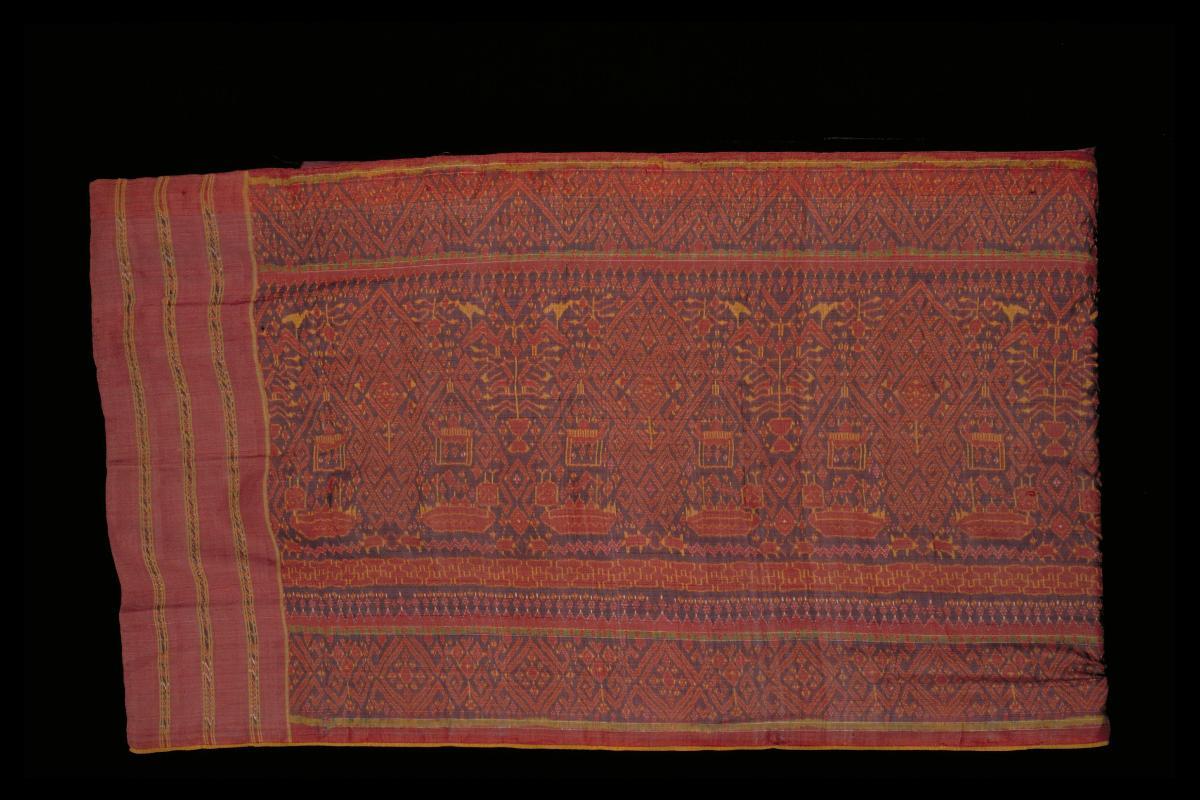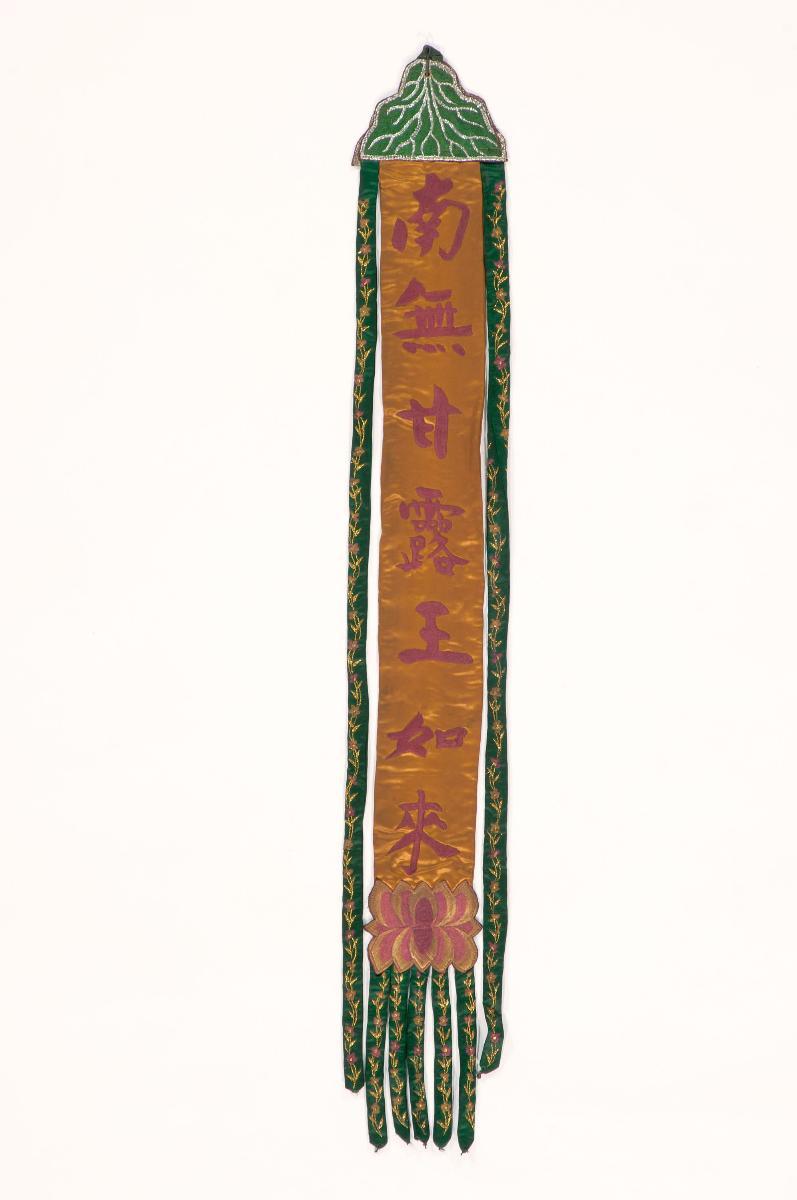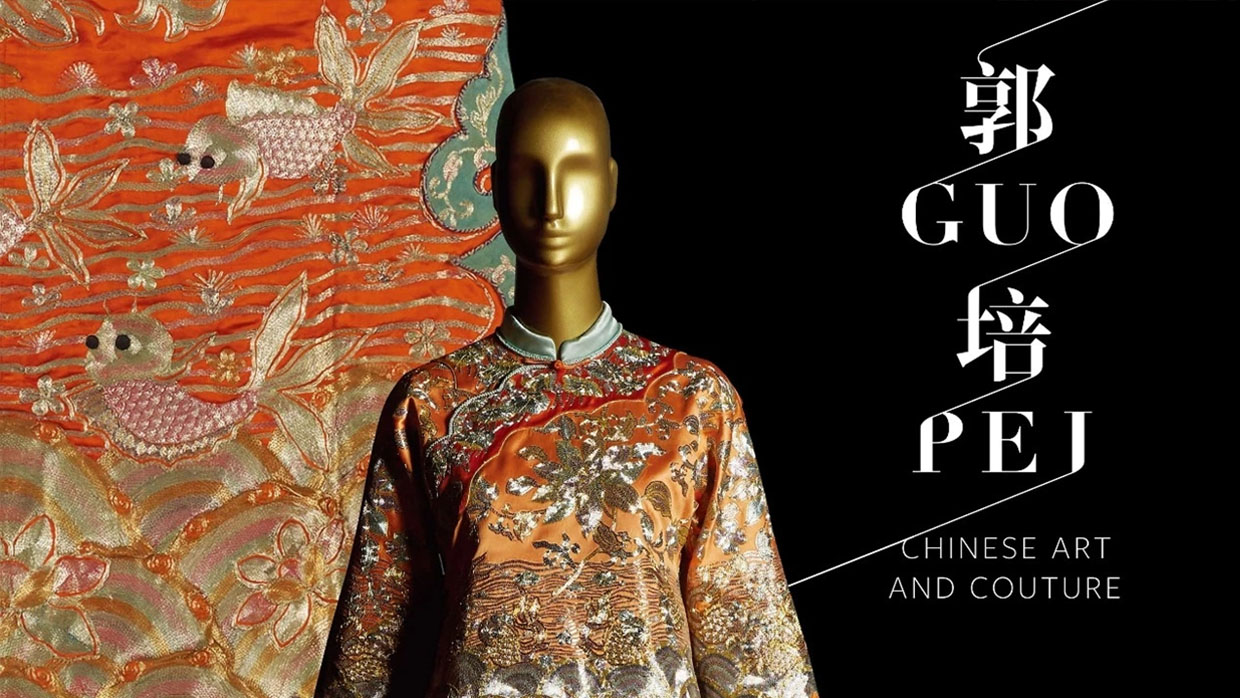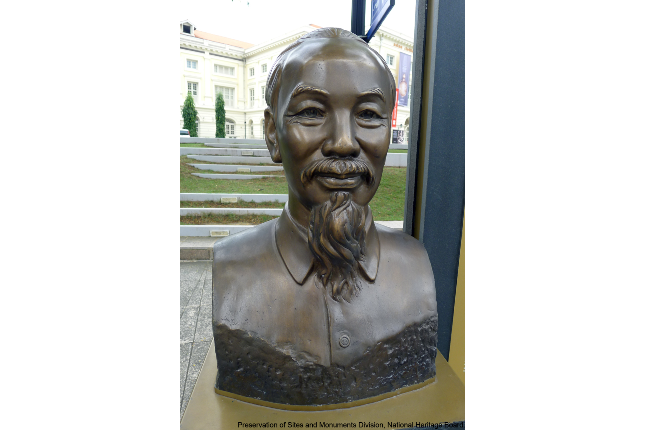This silk lampas panel has a central motif of the Wheel of Law with double vajra (thunder) bolt on the corners while single vajra with ribbons decorate the border. The Wheel of Law (dharmacakra) represents the historical Buddha, Shakyamuni's teachings or the Buddhist doctrine. In early Indian Buddhist iconography, the wheel symbolised Shakyamuni's First Sermon at the Deer Park in Sarnath. The act of preaching thus came to be known as "Turning the Wheel of Law".The double vajra is paired wiith a lotus medallion. When combined with a lotus symbol as can be seen in the double vajra motif here, the symbol represents supreme truth as the vajra is regarded as the 'means' and masculine, while the lotus is conceived as ‘wisdom’ and female. The vajra is an emblem of indestructibility and overwhelming power. It reflects the diamond-hard quality of the Buddha-mind. The Tibetan word for vajra is 'dorje' which means ' diamond' or ' sovereign of stones'. Attached on three ends of the borders are strips dating to the Qianlong period (1736–95). These strips are alternated by a strip of 15th century gold cloth. The panel could have functioned as a canopy or a drape for the seat of a high-ranking Tibetan monk (lama). Judging by its fine quality, it is most probably made by a workshop in Jiangnan, China. Gifts of silk were often presented by members of the imperial family throughout the Ming (1368-1644) and Qing (1644-1911) dynasties to the Tibetan monasteries. The monasteries would in turn re-constitute the textiles they received throughout the centuries to form drapes, canopies, hangings and even robes.Lampas is a rich fabric with a background weft (ground weave) usually in taffeta with supplementary wefts (pattern wefts) laid on top and forming a design.


















